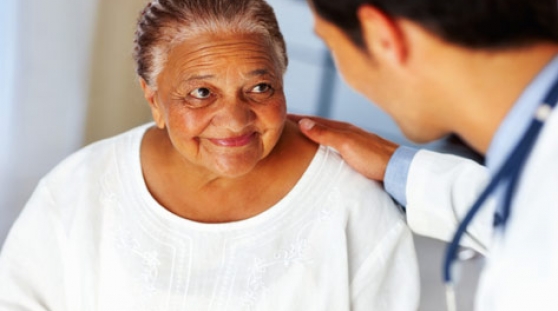Psoriasis Health Center
Table of Contents

There are several forms of psoriasis. Each form has unique symptoms:
- Plaque psoriasis. Skin lesions are red at the base and covered by silvery scales.
- Guttate psoriasis. Small, drop-shaped lesions appear on the trunk, limbs, and scalp. Guttate psoriasis is most often triggered by upper respiratory infections (for example, a sore throat caused by streptococcal bacteria).
- Pustular psoriasis. Blisters of noninfectious pus appear on the skin. Attacks of pustular psoriasis may be triggered by medications, infections, stress, or exposure to certain chemicals.
- Inverse psoriasis. Smooth, red patches occur in the folds of the skin near the genitals, under the breasts, or in the armpits. The symptoms may be worsened by friction and sweating.
- Erythrodermic psoriasis. Widespread reddening and scaling of the skin may be a reaction to severe sunburn or to taking corticosteroids (cortisone) or other medications. It can also be caused by a prolonged period of increased activity of psoriasis that is poorly controlled
Another condition in which people may experience psoriasis is psoriatic arthritis. This is a form of arthritis that produces the joint inflammation common in arthritis and the lesions common in psoriasis. The joint inflammation and the skin lesions don’t necessarily have to occur at the same time.
